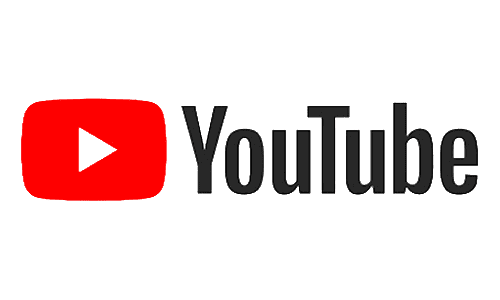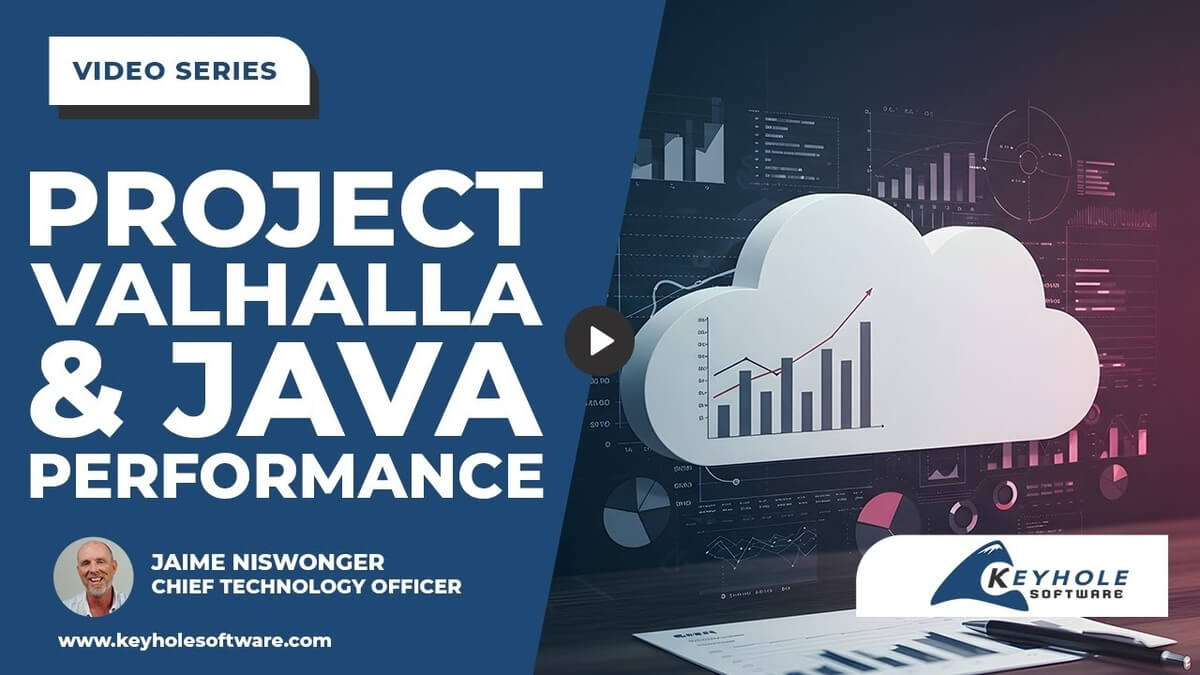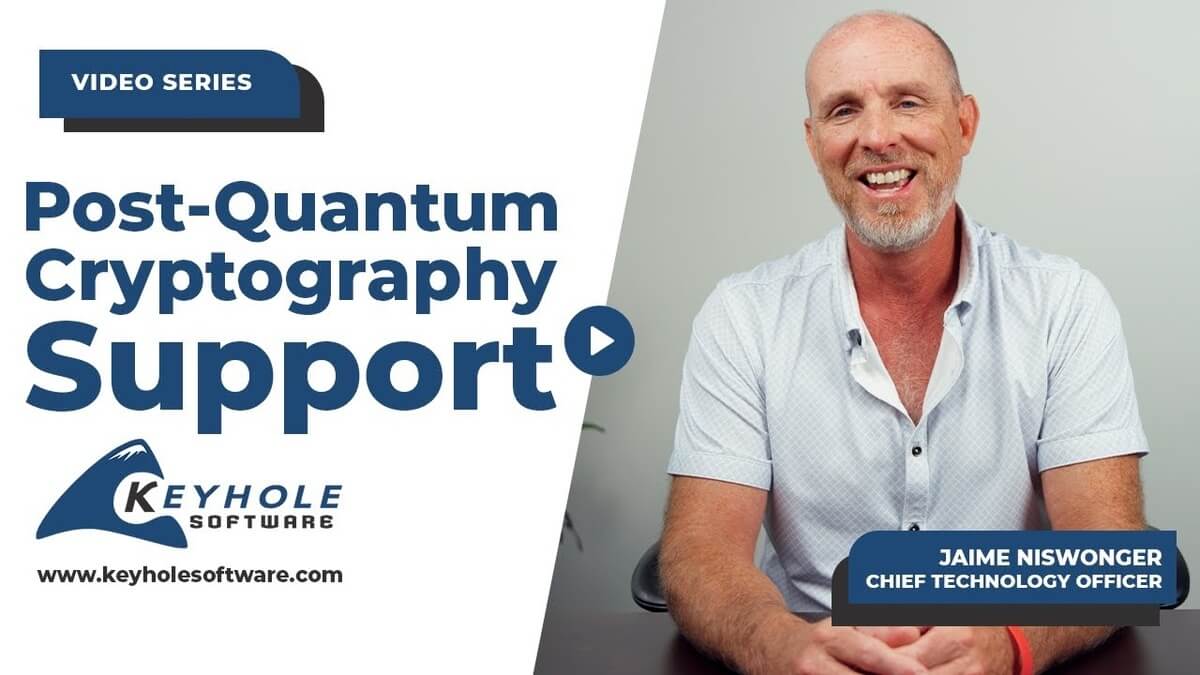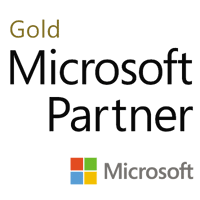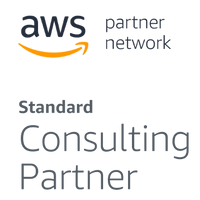On this episode of #GenAI in the Enterprise, Zach sits down (virtually) with Chuck Schneider, founder, CEO, and Chief Automation Officer of Redpoint Summit.
They discuss Chuck’s mission to make healthcare more efficient by leveraging technology like #generativeAI to reduce the burden on healthcare providers. Chuck shares insights on addressing clinician burnout, improving documentation processes, and enhancing radiology diagnostics using #AI. Chuck really emphasizes the importance of AI presenting possibilities rather than answers, they advocate for solutions that streamline workflows while empowering users.
View This Episode On:
- YouTube: https://youtu.be/YqRQXvHJTko
- Apple Podcasts: https://podcasts.apple.com/us/podcast/chuck-schneider-founder-ceo-and-chief-automation-officer/id1730289289?i=1000655566905
- Spotify: https://open.spotify.com/episode/3nqHzEg40G6TDs9mHeOUN1?si=671451a2441d4c4d
- … or wherever you get your podcasts!
About Chuck:
Chuck Schneider has over 28 years of innovative (11 patents) experience in software development in the healthcare industry. His expertise spans improving the EMR experience, reducing physician burnout, managing hospital supply-side medication costs, enterprise architecture, automated software testing strategies, cloud migration and cloud-native applications, CICD pipelines, and change management. Additionally, Chuck possesses over a decade of experience in real estate and construction.
Chuck on LinkedIn: https://www.linkedin.com/in/chuck-schneider/
Redpoint Summit: redpointsummit.com
About The Generative AI In The Enterprise Series:
Welcome to Keyhole Software’s first-ever Podcast Series, Generative AI in the Enterprise. Chief Architect, Zach Gardner, talks with industry leaders, founders, tech evangelists, and GenAI specialists to find out how they utilize Generative AI in their businesses.
And we’re not talking about the surface-level stuff! We dive into how these bleeding-edge revolutionists use GenAI to increase revenue and decrease operational costs. You’ll learn how they have woven GenAI into the very fabric of their business to push themselves to new limits, beating out competition and exceeding expectations.
See All EpisodesPartial Generative AI In The Enterprise Episode Transcript
Note: this transcript section was created using generative AI tools like YouTube automated transcripts and ChatGPT. There may be typos, slight content changes, or character limits for brevity!
[Music]
Zach Gardner: Ladies and gentlemen, welcome to the Future. My name is Zach Gardner, the Chief Architect at Keyhole Software. I set out on a bit of a journey, a sojourn maybe, about five, six, seven months ago. I decided that I needed to learn more about generative AI. It was still relatively young, still in its infancy, and I wanted to find people who had been thinking about it much longer than I have. As you all know, I’m a bit of a skeptic at times, but I felt it would behoove me and Keyhole Software to have a well-rounded, well-oriented, and well-educated perspective on this topic. So, I did what anyone would do: I scoured the internet and found a lot of people based in Kansas City who were thinking about this exact same problem.
Today, with me on the program, I have Chuck Schneider, founder and CEO at Redo Summit. Did I get that right?
Chuck Schneider: Yep, that’s correct.
Zach Gardner: Awesome. Before we begin, my lovely disclaimer: The views and opinions expressed in this program are those of the participants and do not reflect their employers, any trade organizations they’re affiliated with, or any loyalty cards they have to any grocery stores. It’s just two guys having a chat. This is a fun time, that’s all.
To get us started, for those who don’t know you, can you give us a bit about your background? Where did you work prior to Redo Summit? How did you get into technology? And maybe, bonus points, how many patents do you have to your name?
Chuck Schneider: Sure. I’m a software engineer by background. I wrote a lot of code back in the day. I started my career at Cerner, the large electronic health record company. I was one of the original 20 architects who built the electronic health record. I started back in 1996. Fun fact: we were on a secret Microsoft project called the Chicago Project, which later became Windows 95. So, to date myself a bit, it was leading edge with an interface and a mouse, which was pretty cool. I stayed there for 26 years, did a ton of things, really focused on the medication process and ordering. I was an executive for about half the time and decided to leave and start my own company a few years ago.
And for the bonus points, I have 11 patents, all in the electronic healthcare record space. These range from how to place taper orders to sliding scales and the complexities around calculating doses and schedules for different types of complex orders and meds. I have a fair amount of experience in that realm, but we’ll save that for another podcast.
Zach Gardner: So, we have a rundown on Redo Summit. What’s the business problem you all are looking to solve? How are you improving your customers’ lives through the work that you do?
Chuck Schneider: What we want to do is make things efficient. In the healthcare space, you can leverage technology to make things more efficient, but you also need people and processes to make that happen. The origin story took place about a decade ago. I was at a hospital, and we were going live with a large software install. A physician was very frustrated at the system, and he directed his rage towards me, throwing his mouse at me. It was in the age before wireless mice, so it went about 18 inches and then fell to the desk. As funny as that story is, it left an impression that software can either improve people’s lives or drive them crazy. From that point forward, I made it my mission to help people through software and good design, making things as efficient as possible.
Fast forward to when I started Redo Summit, our focus is on doing the best possible good through data analytics. We use data analytics to improve workflow, remove cognitive load, and reduce hours in a process to make people more efficient.
Zach Gardner: I’ve heard it said, maybe in chapter 7 of the Book of Revelations, that one of the signs of the end times is that an MD will actually enjoy the software they’re using.
Chuck Schneider: That’s probably a different podcast. I will be speaking in the not-too-distant future on the history of the EHR and why they’re so terrible.
Zach Gardner: Interesting. When I think about some of the fundamental differences in what we do in healthcare, it’s stark compared to social networks like Twitter or Facebook, which are designed to maximize user engagement. In healthcare, the sign of a really effective system is the minimum amount of time a physician has to spend using it. Physicians have more important things to do. I’ve never met a doctor who went to school thinking they’d spend all day using an EMR instead of saving lives.
Chuck Schneider: Terrible fact: today, most physicians spend two-thirds of their shift behind the keyboard. For every one hour of patient time, they spend two hours documenting, writing orders, and looking up lab results. This generates a lot of burnout. The best definition of burnout I’ve heard is from an ED physician who said it’s the barriers that prevent the care they want to give, with the EHR being one of those major barriers.
Zach Gardner: Clinician burnout keeps coming up over and over in conversations. PJ time has a non-trivial amount of cost burdening our healthcare providers. When it comes to clinician burnout, what are some ways generative AI is working in this space? Are there any compelling use cases you’ve heard of recently?
Chuck Schneider: Absolutely. There are quite a few examples. The high level of the way we approach things is to identify those bottlenecks and then help reduce some of the cognitive load of the user. A few use cases we’ve seen: physician documentation is an area that takes a lot of time. That’s where you have to write down everything you’ve seen, assessed, and your plan of action. Now there’s ambient listening to the physician talking with the patient, which then generates that note. Another example is radiology. A physician orders a procedure, and there’s an image taken in radiology. The radiologist is only so good at identifying whether they detect cancer or not. Using AI in that space, it can go through those images and be very accurate and much faster than humans at identifying potential problem areas of a diagnosis. The way we do things is we kind of split into two parts. We go through the EHR and use pattern recognition of what users do over and over again at the individual level. Once we identify those patterns, we use automation to streamline those behaviors. There’s all kinds of tuning you can do that is usually never set. That’s another way of giving me the shortcuts—the life hacks of the EHR—and spoon-feeding them to me.
Zach Gardner: Very cool. I had definitely heard about ambient listening in terms of every single conversation I’ve had. The way I would think of ambient listening is like you’re in an operating theater. The surgeon is constantly dictating to the team what they need and what they’re seeing. Humans, by our very nature, are auditory; we process sounds, words, ideas, and thoughts really well. Being able to get everyone on the same team, having that constant stream of words, you should be able to just capture that as it’s going and write a summary afterward. Otherwise, the physician has to spend the time doing that.
Chuck Schneider: Imagine it’s an hour, two, or three-hour-long surgery. As the surgeon goes and states all this, afterward, they now need to remember that two or three-hour procedure and then go write these extensive notes. By the way, they’ve got another surgery lined up right after that, and another one, and another one. Either you try to squeeze it in between surgeries, or you try to do it all at the end of the day. I think people can relate—if you’ve had eight or ten back-to-back meetings and then try to go write meeting notes at the end of the day, you don’t even remember what half the meetings were about. The ambient listening generates notes that the physician needs to review, but tweaking things versus writing from a blank canvas has received a lot of great feedback in that space.
Zach Gardner: Most surgeries, or at least elective surgeries, happen in the morning because physicians, like anyone else, wake up with a charged battery. Every decision throughout the day drains the battery. The efficacy of surgeries goes up, and the potential for accidents goes down the fresher the physician is. As patients, we usually have to fast, and by 9:00 or 9:30, if I haven’t eaten yet, I get a little bit angry. It’s in our own best interest to ensure physicians can go from surgery to surgery without having to sit down and type between them.
Chuck Schneider: Absolutely. Even the family practice physician who sees your kid for a sore throat—if they stayed up until midnight last night and the night before doing pajama time, their alertness will deteriorate. They’re just fatigued. We’re all human, so reducing that work burden, whether for a physician or a nurse, results in better outcomes for the patients.
Zach Gardner: Getting inside an EMR to the most relevant insights about a patient is crucial. One of the EMRs I used in the past was primarily ambulatory, so primary care providers would use it. For those who don’t know the difference between ambulatory and acute care, it would take three, four, or five clicks to see if a patient is pregnant. A patient being pregnant means a whole different course of action than if they are not. You would think it would be designed to show that front and center—like “34 weeks gestation.” Physicians often have to find ways around this. The worst feeling for me, coming from a software background, is when I see someone at the doctor’s office clicking around the software and tell them, “If you did this in a specific way, it could make your life better,” and they didn’t know that. They didn’t go to school with a technical background to know how much better their lives could be. We have to be advocates for our end users because it’s not their frame of reference.
Chuck Schneider: Absolutely. The software is complex. We all use lots of big software and rarely use all the features. Clinicians are under a lot of pressure—literally, lives are at stake. They’re busy and don’t have time to explore the software and become experts. So, our mantra is to find those shortcuts or hacks and push them to the user. Instead of doing six clicks to get to something, show them how to move it front and center in that situation.
Zach Gardner: Going back to the example of radiology, I heard one MD say that the forcefulness of the AI recommendation can sometimes be jarring. They might be studying an image, pondering, and then a big alert pops up saying, “You need to look at this.” For anyone, that would require a fair amount of context switching. I’m curious if you’ve seen or heard of more effective ways to guide people through recommendations without being so forceful.
Chuck Schneider: Absolutely. There’s a term called “alert fatigue.” Physicians and nurses get these popups, and some are really annoying. For example, a warning might say, “Do not take alcohol with this drug,” even when prescribing for a five-year-old. You can understand where that might be feasible in an abstract sense, but in reality, a huge percentage of alerts are just noise. Clinicians have to decide whether to ignore the alerts or stop and take action. The in-your-face type of alert should be reserved for very important cases, like prescribing penicillin to a patient allergic to it. Most intelligence we’re trying to expose to end users should be presented as possibilities in a more passive manner. It may progress as you get further down the decision tree or workflow. One potential negative of AI is when it tries to remove all human decision and presents things as answers rather than possibilities. It should pose things as possibilities to reduce cognitive load without removing human judgment.
Zach Gardner: I couldn’t have scripted a better wrap-up myself. I appreciate that as a host. If people want to learn more about you, your company, and your work, where should they go? Which social networks are you on? Do you still have a MySpace or a Zanga?
Chuck Schneider: The answer is no and no. I’m pretty hip, so LinkedIn is my social media. You can find us at Redo Summit on LinkedIn or Chuck Schneider. Our website is redpointsummit.com. I’d love to talk to anyone more about generative AI or identifying efficiencies in healthcare—that’s our passion.
Zach Gardner: I dig it. Keep up the good work, make sure we’re saving the house a ton of money, and ladies and gentlemen, I hope you’ve enjoyed the conversation. We’ll catch you in the future.
[Music]
Subscribe on
Latest Blog Posts
Blog Topics
- .NET
- .NET Core
- Agile
- AI
- Angular
- Apache
- API Development
- Architecture
- Articles
- ASP.NET
- Automation
- AWS
- Azure
- BackboneJS
- Blazor
- Blazor Server in .NET 6 Series
- Blockchain
- Business Intelligence (BI)
- C#
- Chat GPT
- CI/CD
- Cloud
- COBOL
- Community
- Company News
- Consulting
- Conversational Apps
- Creating an FHIR API
- CSS & HTML
- Data Management
- Data Science
- Databases
- Design
- Development Technologies & Tools
- DevOps
- Docker
- Educational Event
- Effective Automated Testing With Spring Series
- Flutter
- Gen AI In The Enterprise
- Git
- Go
- Google Cloud Platform
- GraphQL
- Groovy
- Heroku
- Hiring and Recruitment
- HTML5
- Hyperledger
- Infrastructure As Code (IaC)
- Intro to Spring Batch Series
- Java
- JavaScript
- JavaScript Debugging Series
- JHipster Series
- Kansas City
- Keyhole
- Keyhole Creations
- Kubernetes
- Learning Svelte
- Machine Learning
- MAUI
- Microservices
- Mobile
- Modernization
- moderntoolingseries
- MongoDB
- MySQL
- Next Level
- Node.js
- OpenShift
- openshiftseries
- Opinion
- Podcasts
- PostgreSQL
- PowerBI
- Programming
- Project Management
- Python
- RAG
- React
- React Native
- REST
- Scaling PHP Apps
- Security
- Service Fabric
- Single-Page Application
- Soft Skills
- solidfoundationsseries
- Spring
- Spring Batch
- Spring Boot
- SQL
- SQL Server
- Tableau
- Testing
- Testing React Native Series
- Tutorial
- TypeScript
- UI/UX
- Unity3D Series
- Unity3D Series 2
- Videos
- Vue.js
- Xamarin




